
Islands Under Sea: Shipwreck Microbiomes of Keathley Canyon
Past Expedition
Overview
Beneath the ocean’s surface, a hidden world of marine microbes shapes the planet’s ecosystems. Despite being the foundation of life, the diversity and distribution of these microorganisms remain largely under-sampled and uncharted, especially in the deep-sea. With an estimate of over 4,000 shipwrecks in the Gulf of Mexico alone, shipwrecks emerge as a unique underwater laboratory offering a window into the past and opportunity to demystify the intricate dynamics of shipwreck microbiomes.
From August 18 to August 29, 2023, the University of Southern Mississippi (USM), in collaboration with the Bureau of Ocean and Energy Management (BOEM) and Oceaneering, embarked on a mission aboard NOAA Ship Nancy Foster to explore how historic shipwrecks shape deep-sea microbiomes. The 11-day expedition began with the investigation of five sonar targets previously identified in side-scan sonar surveys of Keathley Canyon, with the hope of discovering new historic shipwreck sites. In the unpredictable world of science, expectations often meet the reality that you might not always find what you are searching for: all sonar targets were confirmed as non-shipwreck sites. However, the quest for knowledge continued with the collection of deep-sea sediment samples associated with a nearby cluster of known historic shipwrecks, collectively known as the Monterrey Shipwrecks. This site consists of three 19th-century, wooden-hulled vessels, with each shipwreck uniquely positioned in close proximity to the other. Previous expeditions in 2013, 2014, and 2017 focused primarily on the collection of archaeological baseline data and lacked the high-resolution sediment sampling needed for microbial research.
To fill this knowledge gap, the 2023 expedition team conducted remotely operated vehicle (ROV) survey transects around each shipwreck, collecting sediment cores from various locations around the three shipwreck sites. Once the cores made their way safely back to the Nancy Foster, the science team carefully transferred them to the wet lab for processing and slicing at two-centimeter increments for DNA analysis. The sediment samples were transferred to USM for DNA extraction and sequencing. After sequencing, the samples will contribute to ongoing development of DNA-based exploration tools for assessing deep-sea microbial diversity and distribution.
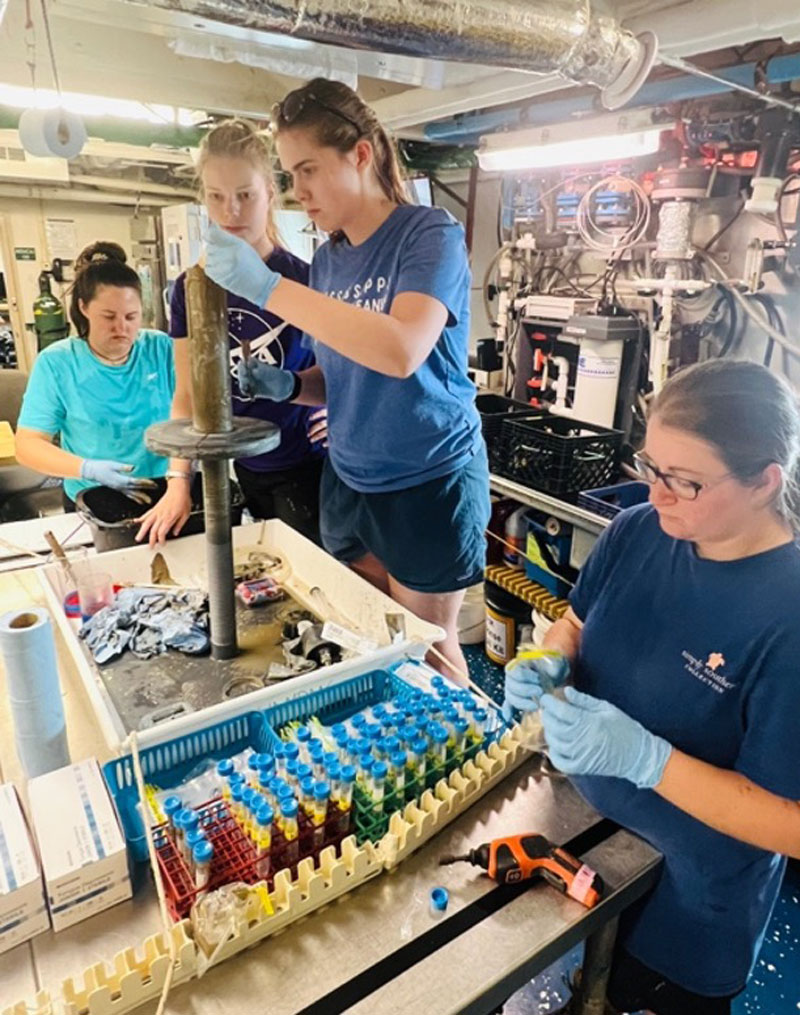
Download largest version (jpg, 403 KB).
Multimedia
Featured multimedia assets associated with this project.
Education
Our Learn & Discover page provides the best of what the NOAA Ocean Exploration website has to offer to support educators in the classroom during this expedition. Each theme page includes expedition features, lessons, multimedia, career information, and associated past expeditions. Below are related top education themes for this expedition.
Meet the Exploration Team
Learn more about the team members and their contributions to this project.
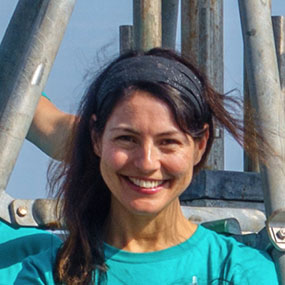
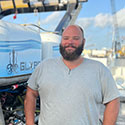
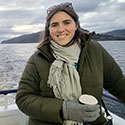
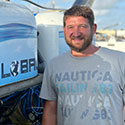
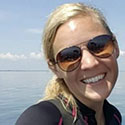
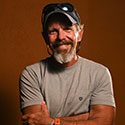
Resources & Contacts
-
Emily Crum
Communication Specialist
NOAA Ocean Exploration
ocean-explore-comms@noaa.gov
